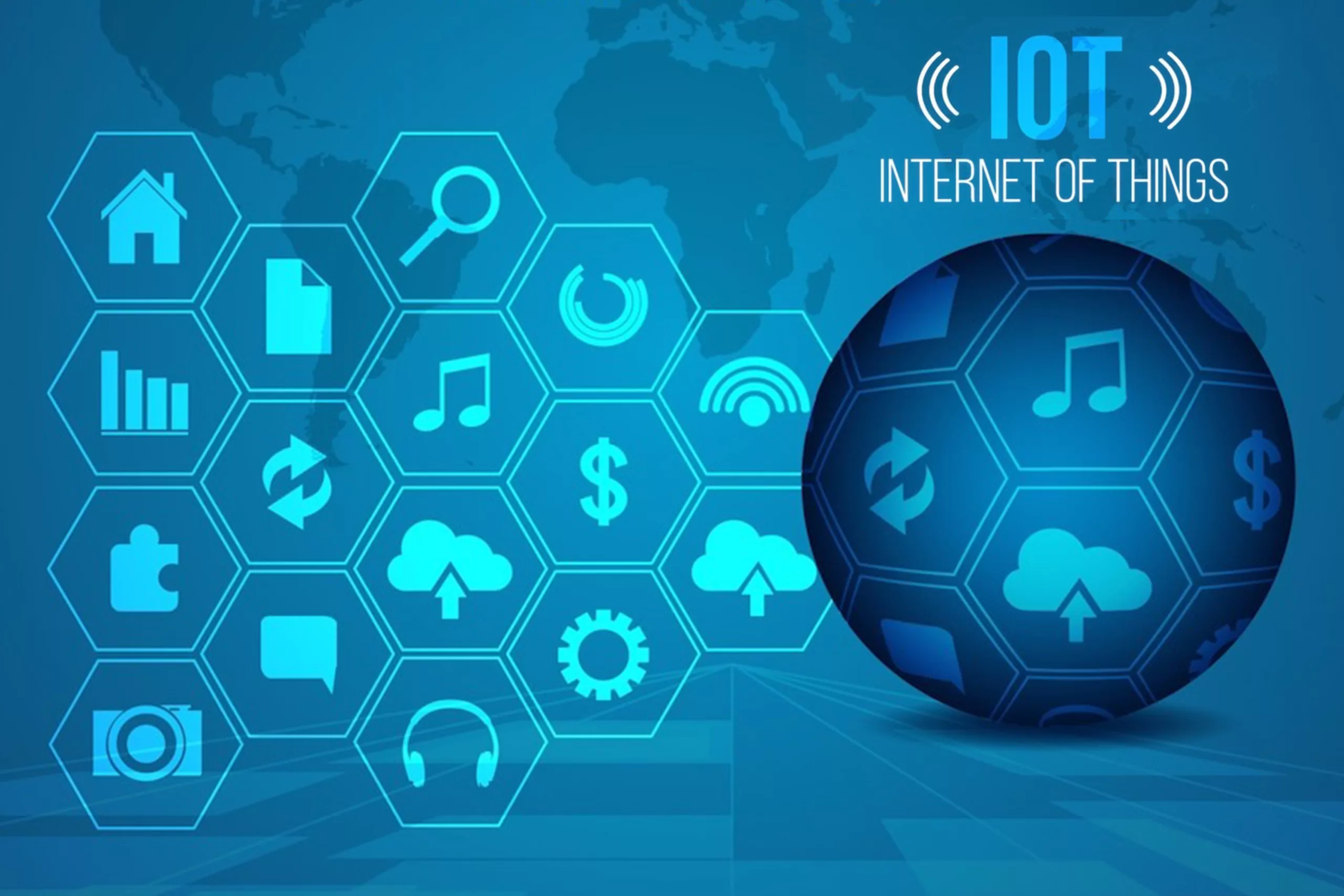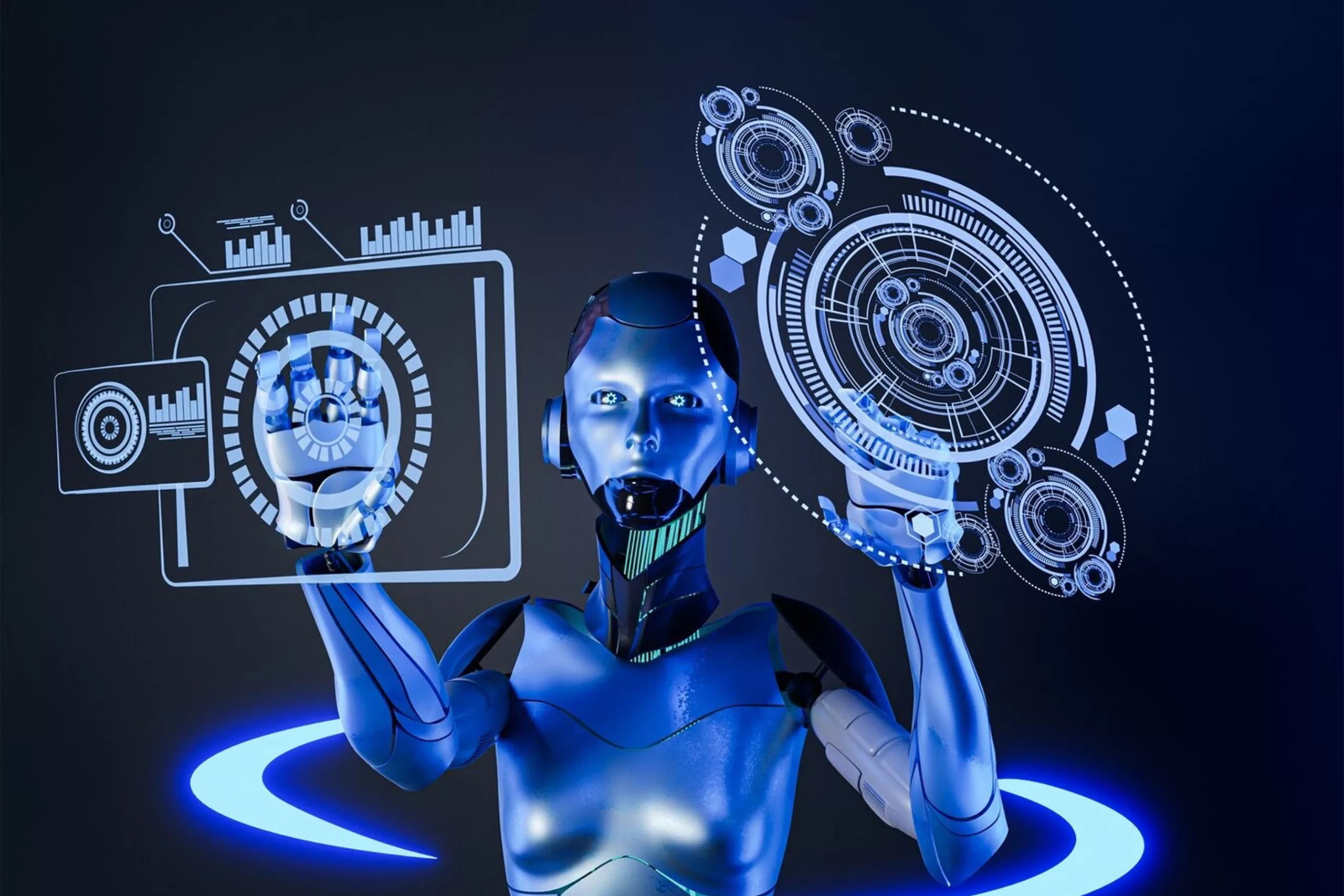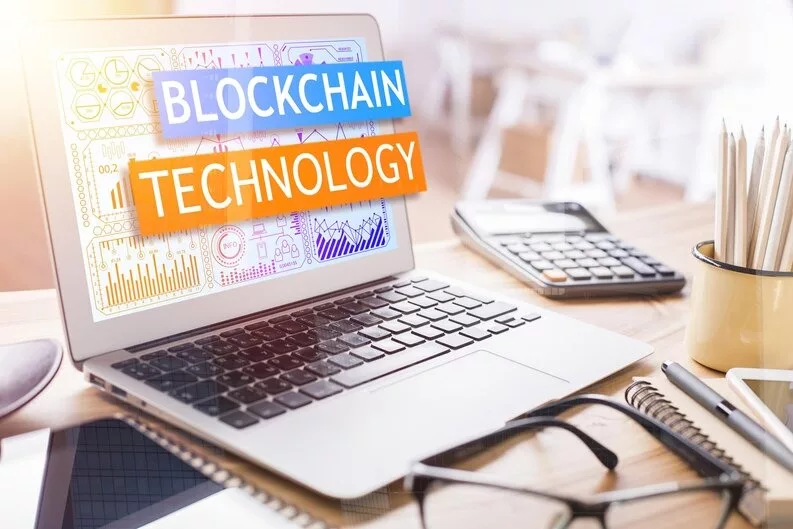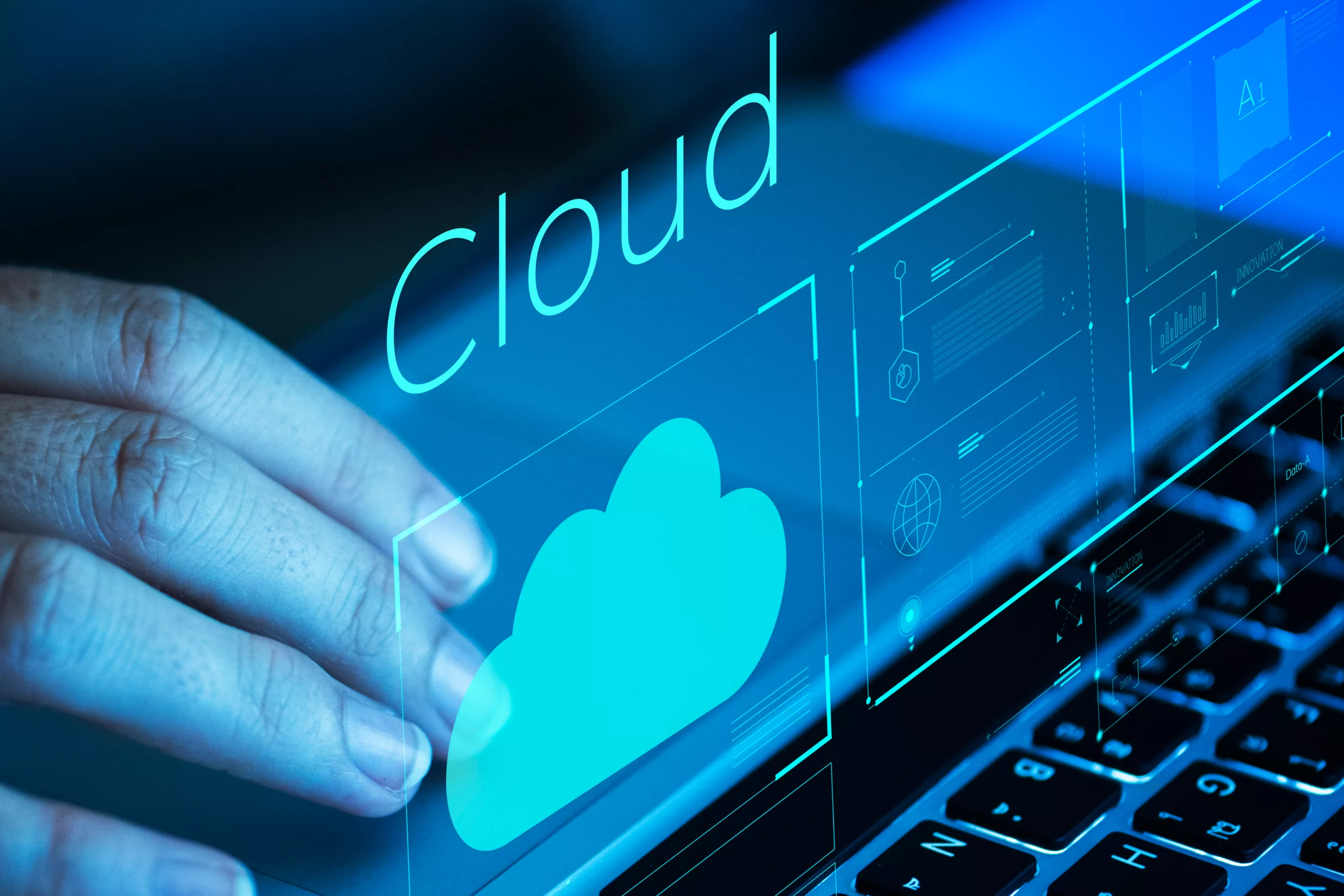The future of IoT Edge Computing is poised for remarkable transformation. Forecasts indicate that by 2030, the world will witness an astounding surge in consumer-edge-enabled IoT devices, projected to reach nearly 6.5 billion. This surge, an increase of over four billion devices compared to 2020, encompasses a diverse range of devices, from sensors to smartphones and security cameras.
In this article, we will delve into the current and future trends in IoT Edge Computing, examining the technologies and innovations that will redefine how we interact with IoT devices and process data. The fusion of IoT and Edge Computing is not merely an evolution but a revolution with profound implications for connectivity, intelligence, and efficiency.
Current State of IoT Edge Computing

The current state of IoT Edge Computing is an exciting intersection of technology, data, and real-world applications. As you stand on the cusp of the Fourth Industrial Revolution, this innovative field has gained significant traction. It has become an integral component of the evolving Internet of Things (IoT) landscape.
Redefining Data Processing
IoT Edge Computing is revolutionizing the way data is processed in IoT ecosystems. Traditionally, data from edge computing IoT devices would be transmitted to centralized cloud servers for analysis and decision-making.
The increasing volume of IoT data and the need for real-time responses have led to a shift. Now, data is processed closer to the source—right at the edge of the network where devices are located.
Benefits of Edge Computing
The adoption of edge computing offers numerous advantages. First and foremost, it significantly reduces latency. Response times are minimized by processing data locally, making it ideal for applications where split-second decisions are crucial, like autonomous vehicles or industrial robots. Additionally, edge computing conserves bandwidth by sending only essential data to the cloud, which is particularly valuable in scenarios with limited connectivity.
Diverse Use Cases
IoT Edge Computing use cases are across various industries.
- In healthcare, wearable devices like smartwatches perform real-time health monitoring and provide timely alerts to users.
- In manufacturing, edge devices assist in predictive maintenance by analyzing machine data to detect potential issues before they lead to downtime.
Evolving Hardware and Software
Hardware and software developments are shaping IoT edge computing. Edge devices are becoming increasingly powerful and energy-efficient. They handle complex computations while operating in resource-constrained environments. Meanwhile, software frameworks and platforms have emerged to streamline edge application development and deployment.
Challenges to Address
Despite its promise, IoT Edge Computing also faces challenges. Security and privacy concerns are paramount as decentralized data processing introduces new vulnerabilities.
Scalability remains an issue, especially as the number of IoT devices continues to grow exponentially. Interoperability is another challenge, as devices from different manufacturers must seamlessly communicate at the edge.
Industry Adoption
Several industries have embraced IoT Edge Computing.
- In agriculture, farmers use edge devices to monitor soil conditions and automate irrigation.
- Retailers leverage edge analytics to enhance customer experiences, optimize inventory management, and personalize marketing efforts.
- In logistics, edge computing improves supply chain visibility and efficiency.
Future Trends in IoT Edge Computing
Edge AI and Machine Learning

Edge AI (Artificial Intelligence) and Machine Learning are at the forefront of the digital revolution. They enable your device to process data, make autonomous decisions, and learn from it—right at the edge of the network where the data is generated.
Understanding Edge AI and Machine Learning
IoT in edge computing and Machine Learning are not just buzzwords. They are the engines driving the next wave of innovation in technology. To understand their significance, it’s crucial to grasp their fundamental principles:
- Edge AI: This term signifies the deployment of AI algorithms and models directly on edge devices, such as smartphones, IoT sensors, and local servers. It enables these devices to perform real-time data processing and decision-making without relying on centralized cloud servers.
- Machine Learning: Machine Learning is a subset of AI that empowers systems to learn and improve from data without being explicitly programmed. It encompasses various techniques, including neural networks and deep learning, which enable machines to recognize patterns and make predictions.
Use Cases and Applications
Edge AI and Machine Learning are transforming a wide array of industries. They make devices smarter, more autonomous, and capable of real-time decision-making:
- Smart Cities: In smart city applications, Edge AI enhances traffic management, optimizes waste collection routes, and monitors environmental conditions in real time.
- Healthcare: In healthcare, Edge AI enables wearable devices to monitor patients’ health continuously, providing immediate alerts in case of anomalies.
- Manufacturing: In manufacturing, predictive maintenance powered by Edge AI reduces downtime. It identifies machinery issues before they become critical.
- Autonomous Vehicles: Self-driving cars rely on Edge AI for real-time perception, decision-making, and navigation, ensuring passenger safety.
Advantages of Edge AI and ML
The adoption of Edge AI and Machine Learning offers several key advantages:
- Low Latency: By processing data locally, Edge AI reduces latency. This makes it ideal for applications requiring rapid responses.
- Privacy: Data processing at the edge enhances privacy by minimizing the need to send sensitive information to the cloud.
- Bandwidth Efficiency: It conserves network bandwidth by transmitting only essential data to the cloud, reducing data transfer costs.
Future Trends in Edge AI and Machine Learning
- Edge AI Chips: Specialized AI chips designed for edge devices will continue to evolve, improving efficiency and performance.
- Federated Learning: The rise of federated learning—a method for collaborative model training without centralizing data—will gain prominence, enhancing privacy while enabling advanced AI capabilities.
5G Integration in IoT Edge Computing

The integration of 5G technology into IoT Edge Computing is a monumental leap forward to connect, communicate, and process data. 5G, as the fifth generation of wireless technology, brings with it a profound transformation characterized by unprecedented speed, reliability, and capacity.
Understanding the Significance of 5G Technology
- Defining 5G: At its core, 5G IoT Edge Computing is more than just an incremental advancement; it’s a fundamental shift in wireless technology. It offers several defining features, including gigabit-level data speeds, ultra-low latency, and the ability to connect an enormous number of devices simultaneously.
- Evolution from Previous Generations: To appreciate the significance of 5G, trace its evolution from 2G to 3G, 4G, and finally to this fifth-generation marvel. Each step has brought us closer to the pinnacle of performance and efficiency.
The Convergence of 5G and IoT Edge Computing
- Low Latency for Real-Time Processing: 5G’s ultra-low latency is a perfect complement to IoT Edge Computing. This combination enables real-time data processing at the edge, a critical requirement for applications like autonomous vehicles, augmented reality, and industrial automation.
- Massive Device Connectivity: 5G connects a massive number of devices simultaneously. From smart homes to smart cities, this connectivity is the backbone of our increasingly interconnected world.
- High Data Throughput: The high data throughput of 5G facilitates seamless transmission of the vast volumes of data generated by IoT devices. It ranges from sensors and cameras to wearables and autonomous machines.
Applications of 5G in IoT Edge Computing
- Autonomous Vehicles: 5G ensures that autonomous vehicles communicate with ultra-low latency, making split-second decisions for safer navigation.
- Smart Cities: Smart city initiatives allow real-time monitoring of traffic, enhance public safety, and enable dynamic environmental monitoring.
- Industrial Automation: In industrial settings, 5G-powered IoT Edge Computing enhances efficiency through predictive maintenance, quality control, and process optimization.
- Telemedicine: In healthcare, 5G’s low latency is vital for telemedicine applications. It enables real-time remote patient monitoring and consultations.
Edge Data Centers and 5G
- Mini Data Centers at the Edge: Edge data centers, strategically located, leverage 5G connectivity for faster data processing and reduced latency.
- Reduced Backhaul Traffic: Edge data centers also reduce the need for extensive data backhaul to centralized data centers, minimizing latency and improving overall efficiency.
Future Trends in 5G Integration
- Network Slicing: Explore network slicing, where specific portions of the 5G network are allocated to support particular IoT applications.
- Edge-Enabled Blockchains: Discuss the development of blockchains optimized for edge devices. It enables enhanced security and real-time processing.
- AI at the Edge: Delve into the integration of artificial intelligence and machine learning at the edge of 5G networks, enhancing the intelligence and autonomy of IoT devices.
Blockchain and Edge Computing

The intersection of Blockchain technology and Edge Computing IoT heralds a new era in how we process, secure, and utilize data. While these two domains appear distinct, their synergy enhances security, transparency, and efficiency across a wide spectrum of applications.
Understanding the Significance
- Defining Blockchain: Blockchain is a decentralized and immutable ledger technology. It ensures transparency, security, and trust by recording transactions and data in a tamper-proof manner.
- Exploring Edge Computing: Edge Computing brings computation and data processing closer to the data source, reducing latency and enabling real-time decision-making.
The Intersection of Blockchain and Edge Computing
- Enhanced Security: When combined, Blockchain’s inherent security features and Edge Computing’s localized data processing create robust systems. This is particularly valuable for IoT (Internet of Things) and critical infrastructure security.
- Data Integrity: Blockchain ensures data integrity at the edge, preventing unauthorized tampering or modification of data generated by edge devices or sensors.
- Smart Contracts: Smart contracts self-execute agreements recorded on the blockchain and execute autonomously at the edge. This enables secure, decentralized automation without relying on centralized authorities.
Applications and Use Cases
- Supply Chain Management: The integration of Blockchain and Edge Computing IoT allows real-time visibility into supply chains, ensuring end-to-end traceability of goods from origin to destination.
- IoT Security: In IoT environments, this synergy enhances security by securing device identities and transactions at the edge, protecting against cyberattacks.
- Edge AI and Data Sharing: Secure data sharing among edge devices powered by blockchain supports collaborative AI and machine learning, preserving privacy and trust.
Benefits and Advantages
- Reduced Latency: Combining Blockchain and Edge Computing IoT reduces latency, ideal for applications requiring instant responses, like autonomous vehicles and augmented reality.
- Privacy: Processing data at the edge enhances privacy by minimizing the need to transmit sensitive information to centralized cloud servers.
- Resilience: The decentralized nature of blockchain enhances the resilience of edge devices, ensuring data integrity even in adverse conditions.
Future Trends and Innovations
- Edge-Native Blockchains: Development of blockchains optimized for edge devices, designed for efficiency and real-time processing.
- Federated Blockchain: Adoption of federated blockchains, where multiple organizations collaborate on a blockchain network, suitable for consortiums and supply chains.
- Decentralized Autonomous Organizations (DAOs): The emergence of DAOs, facilitated by smart contracts on blockchain, enables decentralized decision-making at the edge.
Edge-to-Cloud Synergy

Edge-to-Cloud synergy is a beacon of progress. This visionary approach acknowledges the unique strengths of both IoT and Edge Computing and Cloud Computing and harmonizes them to create a dynamic ecosystem that promises unparalleled scalability, flexibility, and intelligence.
Understanding Edge-to-Cloud Synergy
- Defining Edge Computing: Edge Computing revolves around processing data closer to its source, reducing latency, and enabling real-time decision-making. It empowers devices at the edge, like sensors and IoT devices, to perform tasks without reliance on centralized cloud servers.
- Defining Cloud Computing: Cloud Computing, on the other hand, is about the centralized storage and processing of data in remote data centers, offering scalability, accessibility, and cost-effectiveness.
Key Components of Edge-to-Cloud Synergy
- Edge Devices: Edge devices consist of a spectrum of devices, from sensors to smartphones and local servers. These collect and process data at the edge of the network where it’s generated.
- Edge Servers and Gateways: These act as intermediaries, performing local processing and data filtering between edge devices and the cloud.
- Cloud Infrastructure: The cloud infrastructure comprises data centers and cloud services that store, analyze, and provide access to data from anywhere.
Applications and Use Cases
- Smart Manufacturing: Edge-to-Cloud synergy improves manufacturing efficiency by enabling real-time equipment monitoring and centralized data analysis.
- Smart Cities: It supports smart city initiatives, including traffic management, waste collection optimization, and real-time environmental monitoring.
- Telemedicine: Enhanced telemedicine is achieved by enabling real-time patient monitoring at the edge while securely storing medical records in the cloud.
Advantages and Benefits
- Reduced Latency: Edge-to-Cloud synergy reduces data transfer times and latency, ideal for applications demanding rapid responses, such as autonomous vehicles and augmented reality.
- Cost Efficiency: The combination optimizes costs by minimizing data transfer to the cloud, thus reducing bandwidth and storage expenses.
- Scalability: Organizations can scale their computing resources up or down based on demand, thanks to the cloud’s scalability.
Future Trends in Edge-to-Cloud Synergy
- AI and Machine Learning at the Edge: Integration of AI and machine learning at the edge will further enhance the synergy, enabling intelligent, autonomous edge devices.
- Edge-Native Cloud Services: The development of cloud services optimized for edge devices and applications will become more prevalent.
Conclusion
Today, we discussed Future trends in IoT that consist of innovation. 5G integration is set to supercharge IoT, enabling real-time connectivity and transforming industries. Edge AI and Machine Learning are propelling devices to new heights of autonomy, promising safer transportation, smarter cities, and enhanced healthcare.
The synergy between Edge Computing and the cloud optimizes data management and processing. The convergence of Blockchain and Edge Computing ensures trust and transparency in a data-driven world. In the coming years, the trends will modify, and so will the IoT Edge Computing.